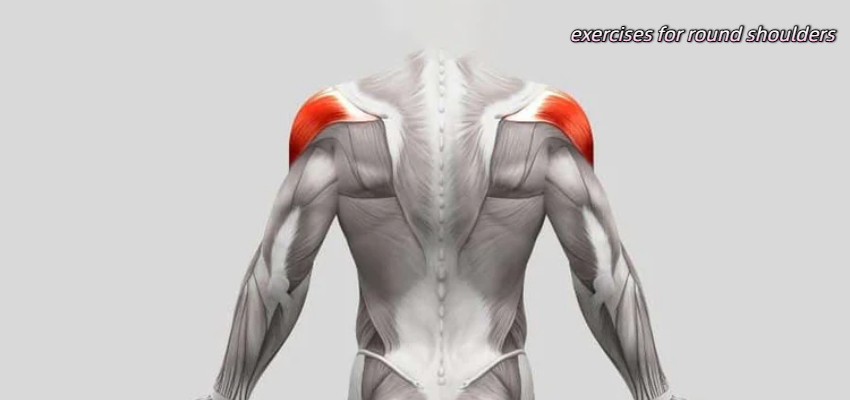Exercise for middle delts is the key to building rounder, more defined shoulders. The middle deltoid chiefly gives your shoulders width and a balanced, 3D look. If you are without strong middle delts, your shoulders can look flat or narrow. Fortunately, there are simple and effective exercises that target this muscle directly. Here are the top 5 exercises to enumerate for middle delts we have compiled:
- Dumbbell Lateral Raises
- 1-Arm Cable Lateral Raises
- Leaning Lateral Raises
- Machine Lateral Raises
- Dumbbell Upright Rows (Wide Grip)
Middle Delts Matter for Shoulder Size and Shape
What Are the Middle Delts?
The deltoid muscle has three parts to list:
- Front delt (Anterior deltoid)
- Side or middle delt (Lateral deltoid)
- Rear delt (Posterior deltoid)
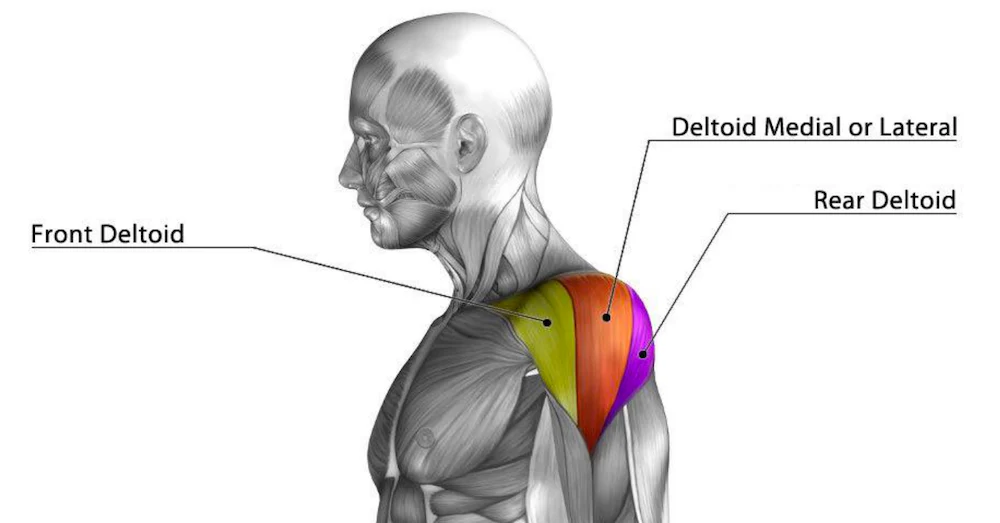
That is, each part helps your shoulder move in a different way. To point out, the middle deltoid raises your arm out to the side. So,it plays a key role in giving your shoulders a wide and rounded look.
Why Focus on Middle Delts?
- Visual impact: shoulder width and symmetry.
- Muscle balance: preventing over-dominance of front delts.
- Functional strength benefits (e.g., overhead lifts, lateral stability).
However, many people neglect the middle deltoid, so their shoulders look flat and underdeveloped.
Best Exercises and Training Tips for Middle Delt Growth
The best 5 exercises focus on technique, good form, moderate weights, and controlled movements so that you can avoid injury. So long as you train with proper form, you’ll get better results and build muscle more effectively.
Dumbbell Lateral Raises
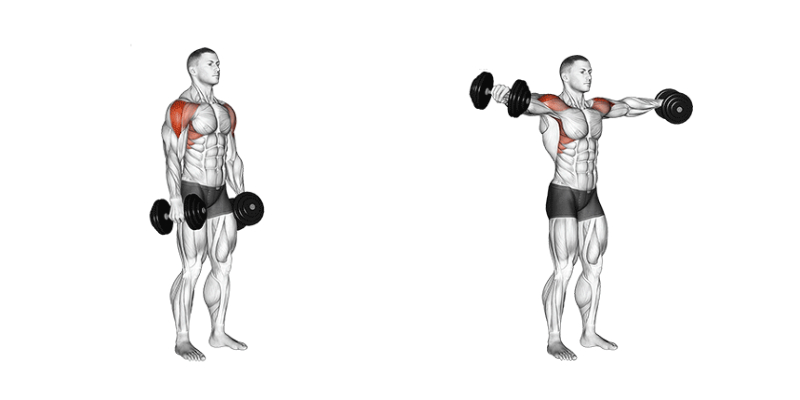
This is the most popular exercise for middle delts.
- Firstly, hold a dumbbell in each hand, stretch your arms to form a 90-degree angle with your body (stand straight);
- Then, lean forward slightly while bending your elbows slightly, but be careful not to be too far.
- At last, pause for a moment and return to the initial movement.
- Try 3 sets of 12–15 reps.
Tip: To be sure use light to moderate weight. Focus on slow, controlled reps.
1-Arm Cable Lateral Raises
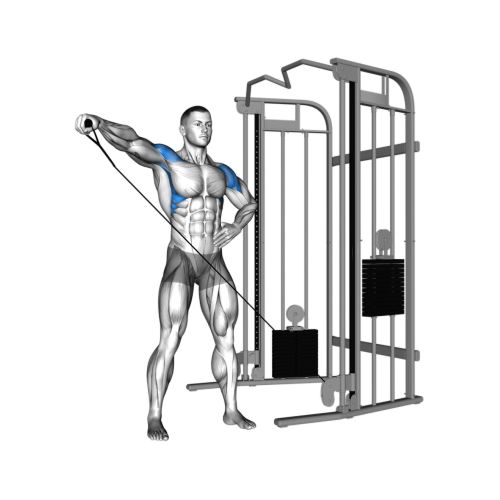
Cables provide constant tension, so that which helps target the middle delt more effectively.
- Stand sideways to the cable machine, moreover raise the handle out to the side with one arm.
- Not only keep the motion smooth but also avoid swinging.
- Do 3–4 sets of 12–15 reps on each side.
Tip: Great for fixing muscle imbalances between shoulders.
Leaning Lateral Raises
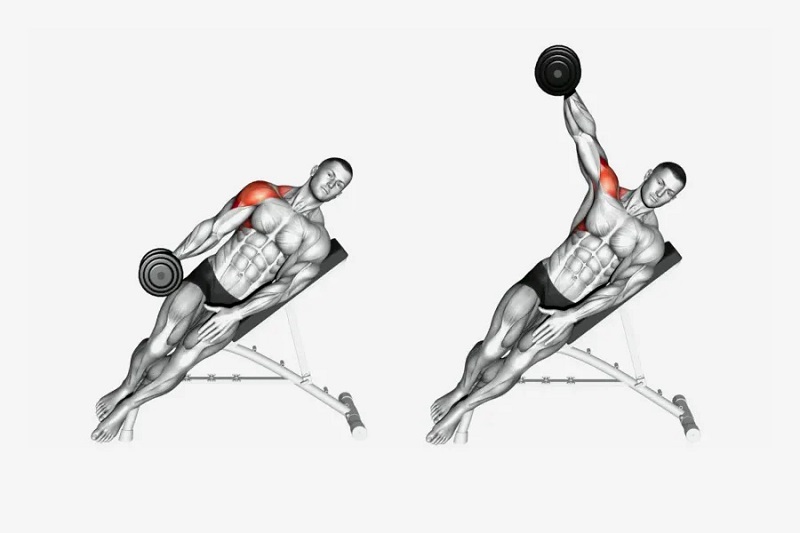
- Hold onto a stable object with one hand and let your body lean slightly away.
- This increases the range of motion and keeps tension on the delt longer.
- Use a dumbbell in the free hand and raise it out to the side.
- Go for 3 sets of 12–15 reps per side.
Tip: Keep your movements slow and steady.
Machine Lateral Raises
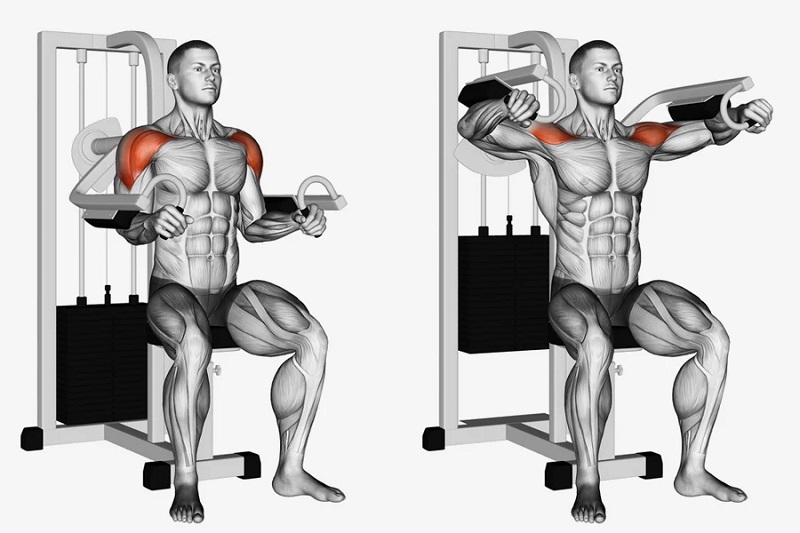
This exercise helps you isolate the middle delts without worrying about balance or form.
- Sit with your back against the pad, grip the handles, and lift outward.
- Aim for 3–4 sets of 10–12 reps.
Tip: Focus on a full range of motion and pause at the top.
Dumbbell Upright Rows (Wide Grip)
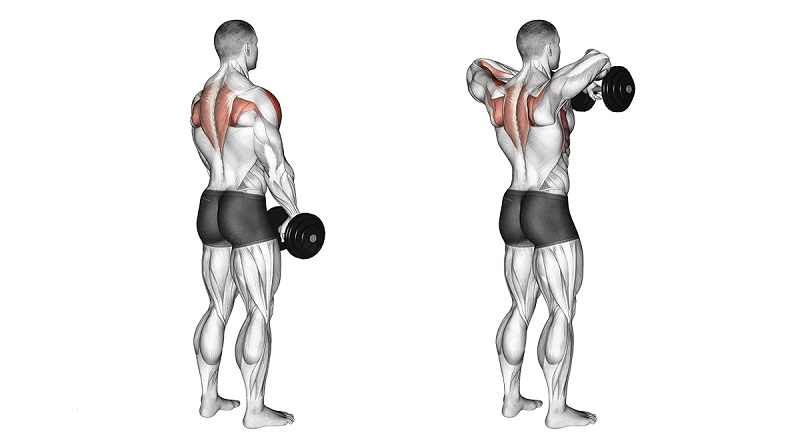
- Hold dumbbells with a wide grip and pull them up toward your chest.
- Keep your elbows above your hands.
- A wider grip shifts more tension to the middle delts and less to the traps.
- Do 3 sets of 10–12 reps.
Tip: Don’t go too heavy; form matters more than weight.
💡 Bonus Tips to Grow Your Middle Delts Faster
- Train your shoulders two times a week to see better results.
- Gradually add more weight or reps over time to keep making progress.
- Try supersets—for example, do dumbbell lateral raises right after cable lateral raises.
- Keep your traps relaxed so they don’t take over the movement.
- Mix up your routine with dumbbells, cables, and machines to hit the muscle from all angles.
By using these tips along with the right exercises, you’ll shape your middle delts and build stronger, rounder shoulders.

Hi, I’m the editor here at Leadman Fitness. We’re a manufacturer focused on producing top-quality barbells, plates, kettlebells, dumbbells, and strength training gear. I’ve been into sports and fitness for years, and I know my way around all kinds of gym equipment—both from using it and helping create it.
I spend a lot of time understanding the real problems people run into in the gym—whether it’s beginners trying to pick the right gear or experienced lifters looking for something more durable. I stay in close touch with our production team and talk directly with other equipment makers, so we’re always improving based on what real lifters and coaches are looking for.
What I share comes from hands-on experience—stuff that actually helps people train better, not just in theory, but in real gyms.
